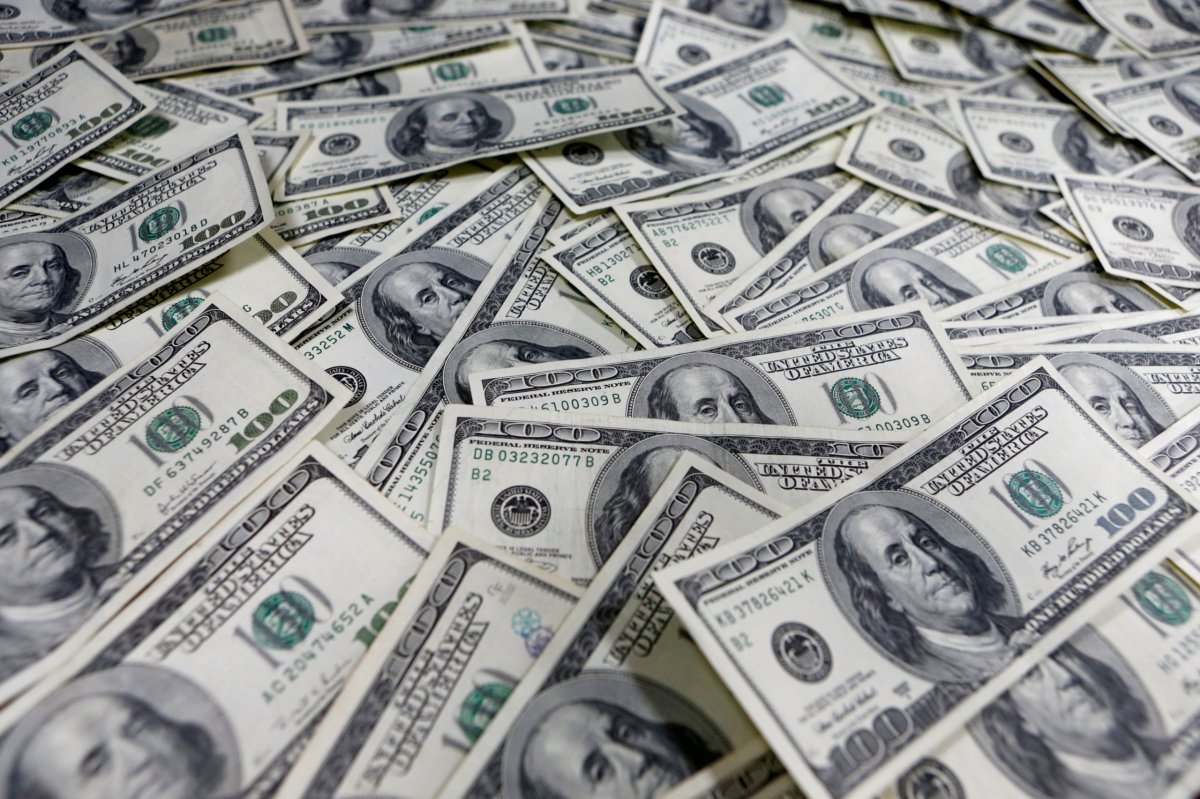NEW YORK (Reuters) – The dollar advanced on Wednesday, with markets bracing for what is shaping up to be one of the worst economic contractions in decades as the world confronts the coronavirus pandemic.
The greenback, the world’s leading global reserve currency, rose against the euro, sterling and most other major currencies as selling in global shares highlighted growing risks from the pandemic that has shown little sign of easing.
“The dollar does well in global recessions,” said Momtchil Pojarliev, head of currencies at BNP Asset Management in New York. “We think this virus is going to cause a global recession so the dollar will do well.”
Markets were spooked after U.S. President Donald Trump’s dire press briefing late Tuesday, where he warned Americans of a “painful” two weeks ahead in fighting the coronavirus even with strict social distancing measures.
White House coronavirus coordinator Deborah Birx displayed charts demonstrating data and modeling that showed an enormous jump in deaths to a range of 100,000 to 240,000 people from the virus in the coming months.
In afternoon trading, the U.S. dollar index was up 0.5% at 99.528 <=USD>.
Analysts said coordinated action by central banks to boost dollar supply has helped calm extreme volatility, but money markets still need time to settle.
U.S. data showing private sector jobs lost for the month of March were much lower than expected, did not really change sentiment, as the survey was conducted in mid-March and did not capture the full impact of the coronavirus.
The ADP National Employment Report on Wednesday showed private payrolls fell by 27,000 jobs last month, the first decline since September 2017, compared with forecasts of 150,000 job losses.
Another piece of data showed that U.S. manufacturing activity contracted less than expected in March, but disruptions caused by the coronavirus pandemic pushed new orders received by factories to an 11-year low, reinforcing economists’ views that the economy was in recession.
Artur Baluszynski, head of research at Henderson Rowe, said he expects the new orders’ index to start feeding through to the main index next month.
“With almost every segment of the global economy shutting down one after another, first due to supply and now due to demand shocks, these numbers will get worse and worse,” he added.
The euro, meanwhile, fell 0.8% against the dollar, dropping to $1.0947 <EUR=EBS>.
A slew of currencies – including the Australian, New Zealand and Canadian dollars, along with the South African rand – were down around 1% versus the greenback <AUD=D3> <NZD=D3> <CAD=> <ZAR=>. Sterling fared slightly better, last little changed at $1.2405. <GBP=D3>.
Against the safe-haven yen, however, the dollar was down 0.4% at 107.12 yen <JPY=EBS>. But yen strength may not last long as Japan is also reeling from the crisis.
Graphic: World FX rates in 2020 https://graphics.reuters.com/GLOBAL-CURRENCIES-PERFORMANCE/0100301V041/index.html
(Reporting by Gertrude Chavez-Dreyfuss; Editing by David Gregorio and Lisa Shumaker)























